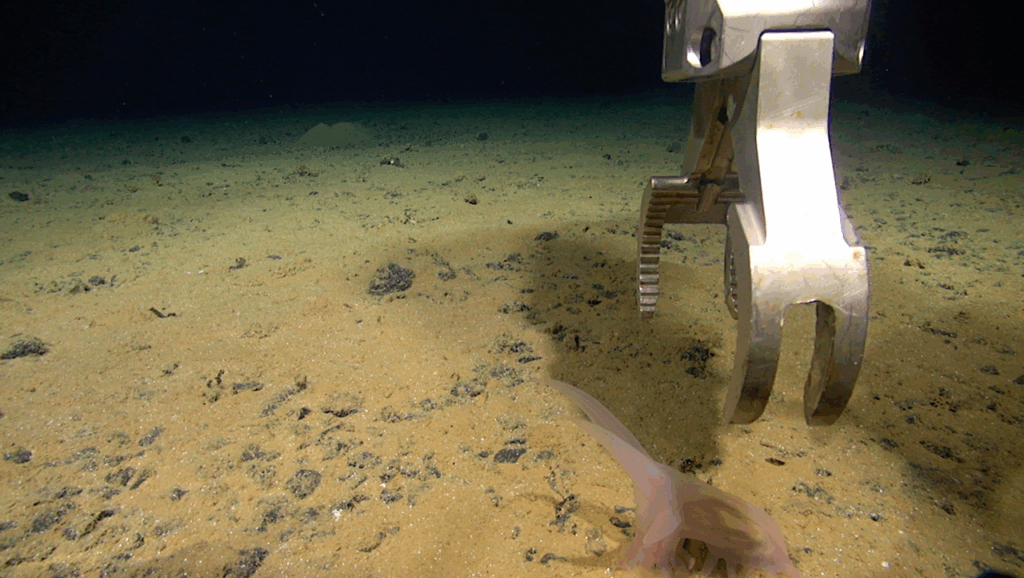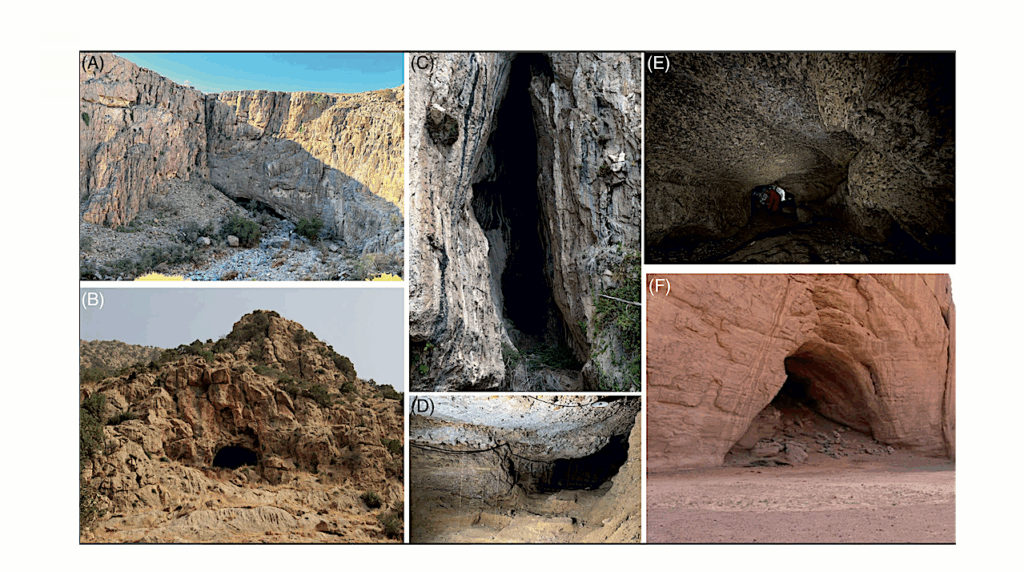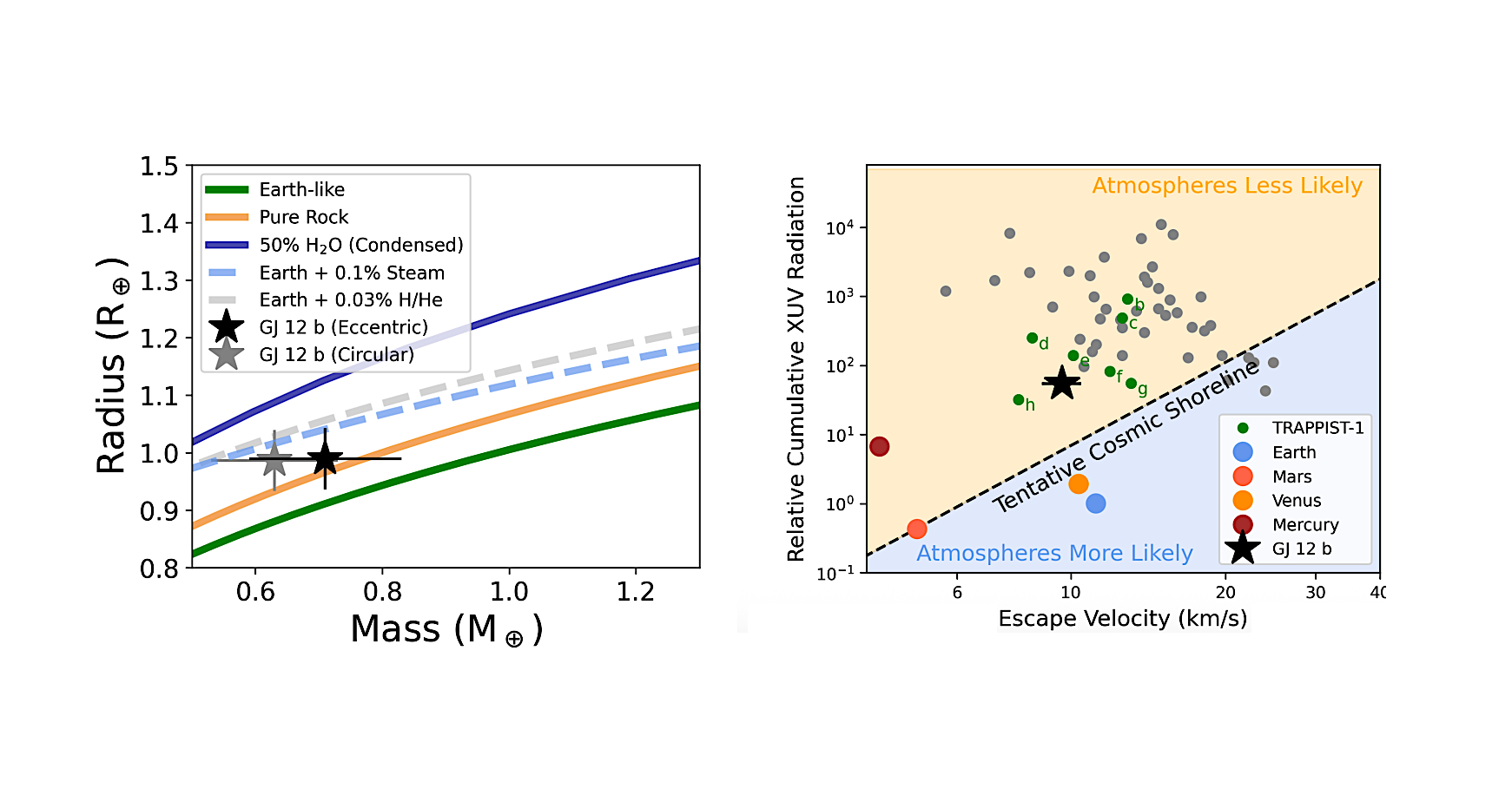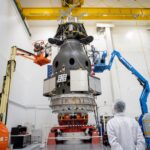Now Reading: Characterizing Exoplanets For Assessing Their Potential Habitability
-
01
Characterizing Exoplanets For Assessing Their Potential Habitability
Characterizing Exoplanets For Assessing Their Potential Habitability


Habitable Exoplanet – NASA
The Statistical-likelihood Exoplanetary Habitability Index (SEPHI) serves as a valuable tool for prioritizing targets for further study and identifying potentially habitable environments.
In this paper, we present SEPHI 2.0, which incorporates several key improvements: (1) updated methods for estimating exoplanet internal structures and magnetic fields; (2) the inclusion of orbital eccentricity in assessing the potential for liquid water on an exoplanet’s surface; and (3) a new exoplanet mass-radius relationship. SEPHI 2.0 retains its probabilistic framework and combines the different subindexes by selecting the most restrictive one.
In SEPHI 2.0, atmospheric retention is consolidated into a single index that incorporates both thermal (Jeans escape) and nonthermal (stellar wind and magnetic effect) processes. Recent advancements in estimating exoplanet internal structures and magnetic fields have been integrated. Additionally, a new empirical exoplanet mass-radius relationship is introduced. All this is incorporated into the SADE code, which uses key data on exoplanets and their host stars to assess habitability and prioritize targets for further study, providing a comprehensive output of an exoplanetary system’s physical characteristics. SADE is available as a free online tool.
Notably, this is the first approach to including estimated exoplanet magnetic 8elds in a habitability index. The SADE software facilitates the identification of potentially habitable exoplanets. Among the 5500+ confirmed exoplanets, only a few-such as Kepler-62f and GJ 514b achieve SEPHI 2.0 scores close to 1. It is also noticeable that, according to our studies, TRAPPIST-1 f and g are ranked higher than TRAPPIST-1 e in terms of habitability potential.
J. M. Rodríguez-Mozos, A. Moya
Comments: 13 pages, 3 figures
Subjects: Earth and Planetary Astrophysics (astro-ph.EP)
Cite as: arXiv:2506.21351 [astro-ph.EP] (or arXiv:2506.21351v1 [astro-ph.EP] for this version)
https://doi.org/10.48550/arXiv.2506.21351
Focus to learn more
Journal reference: The Astrophysical Journal, 987:85 (13pp), 2025
Related DOI:
https://doi.org/10.3847/1538-4357/adddbf
Focus to learn more
Submission history
From: Andres Moya
[v1] Thu, 26 Jun 2025 15:03:51 UTC (532 KB)
https://arxiv.org/abs/2506.21351
Astrobiology,
Stay Informed With the Latest & Most Important News
Previous Post
Next Post
-
 012024 in Review: Highlights from NASA in Silicon Valley
012024 in Review: Highlights from NASA in Silicon Valley -
 02Panasonic Leica Summilux DG 15mm f/1.7 ASPH review
02Panasonic Leica Summilux DG 15mm f/1.7 ASPH review -
 03From Polymerization-Enabled Folding and Assembly to Chemical Evolution: Key Processes for Emergence of Functional Polymers in the Origin of Life
03From Polymerization-Enabled Folding and Assembly to Chemical Evolution: Key Processes for Emergence of Functional Polymers in the Origin of Life -
 04How New NASA, India Earth Satellite NISAR Will See Earth
04How New NASA, India Earth Satellite NISAR Will See Earth -
 05And Thus Begins A New Year For Life On Earth
05And Thus Begins A New Year For Life On Earth -
 06Astronomy Activation Ambassadors: A New Era
06Astronomy Activation Ambassadors: A New Era -
07SpaceX launch surge helps set new global launch record in 2024





















